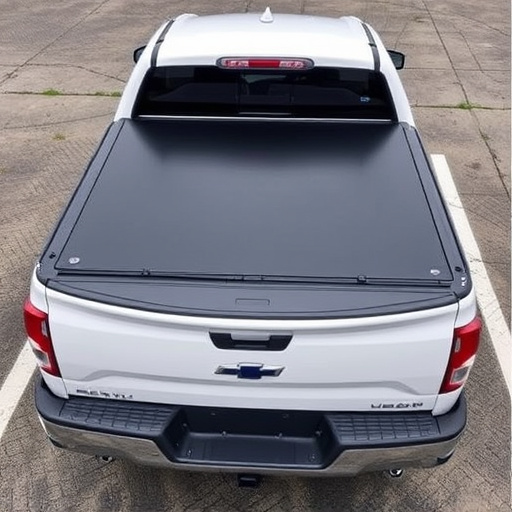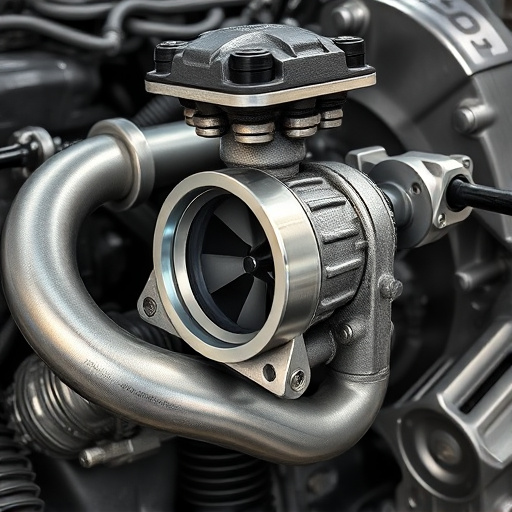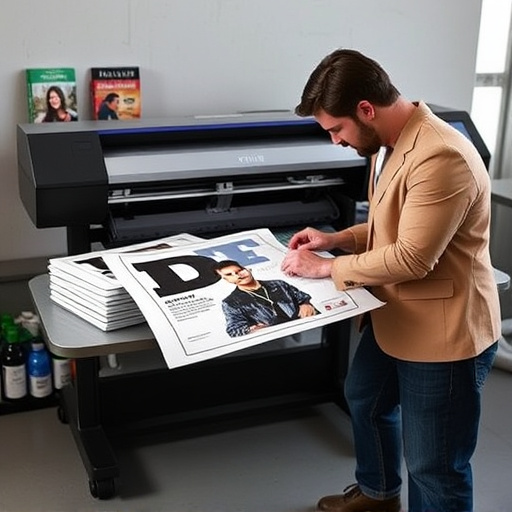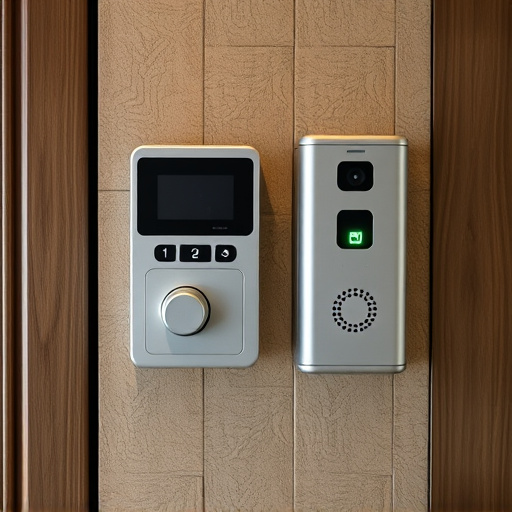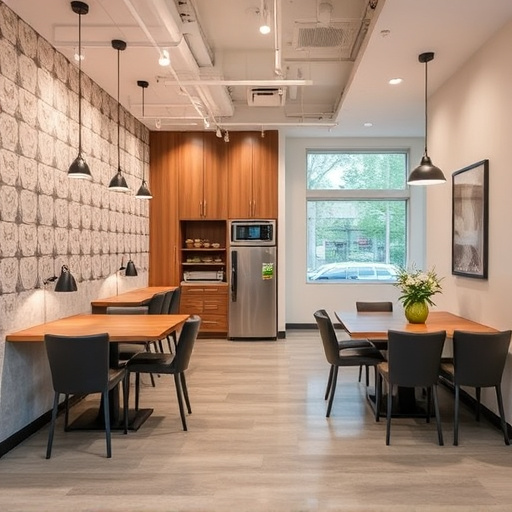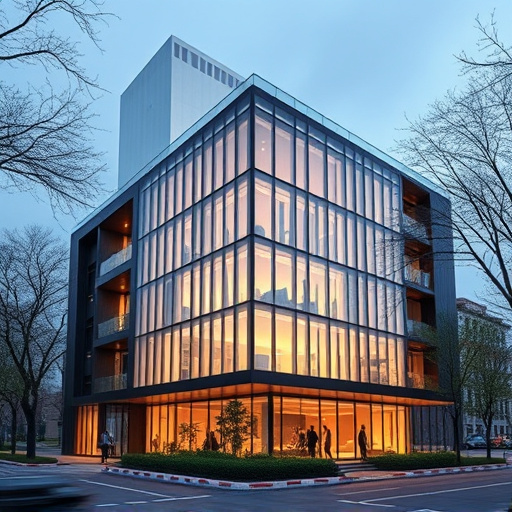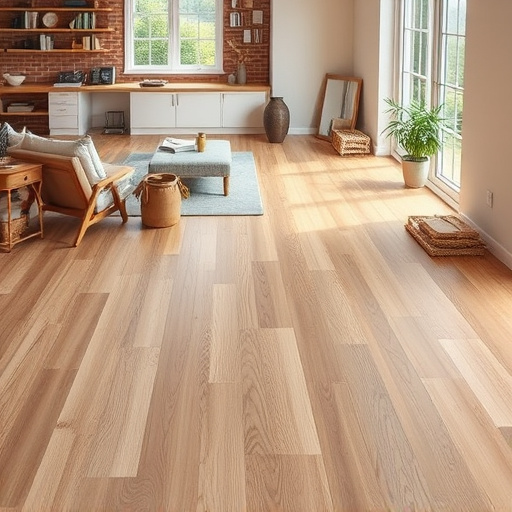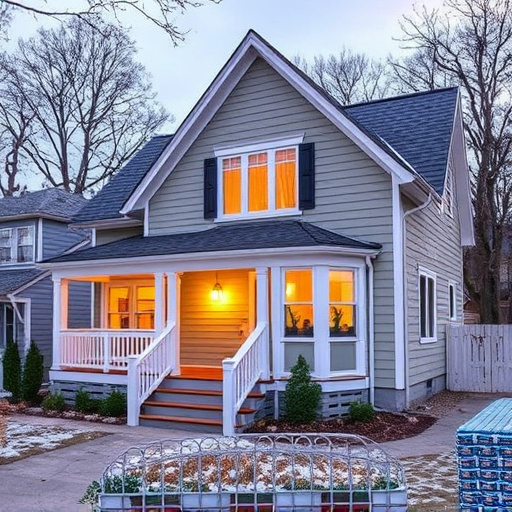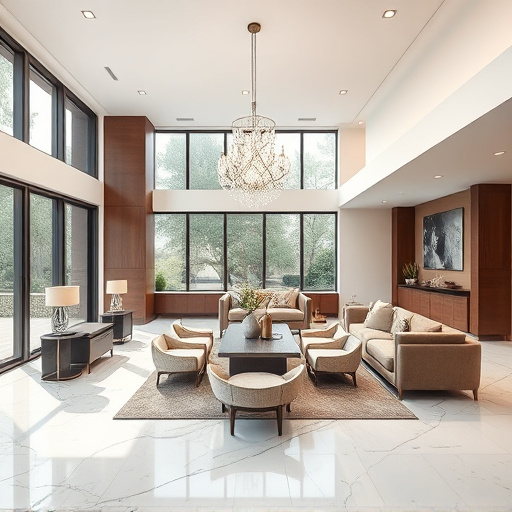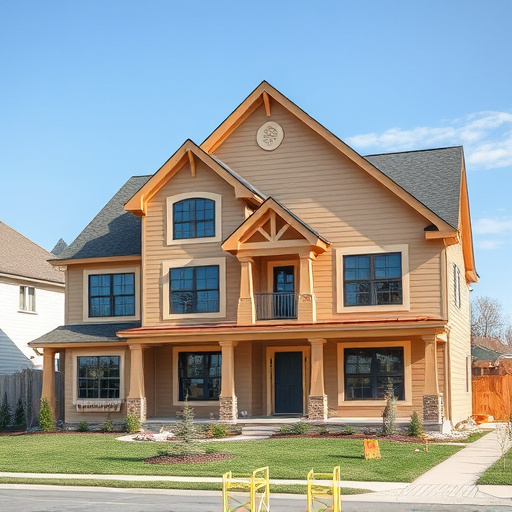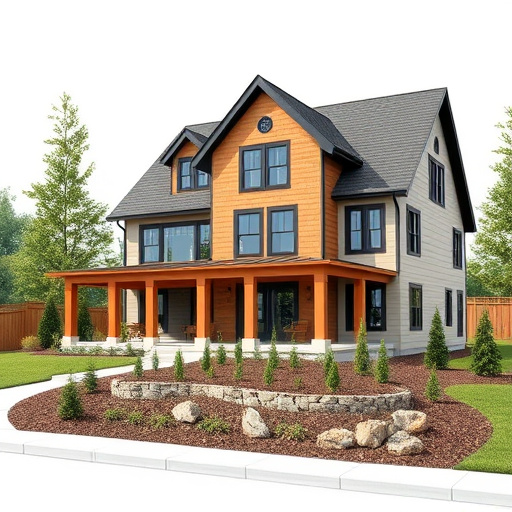Smart house design blends technology and aesthetics, focusing on user experience with seamless integration of automated lighting, temperature control, security systems and open floor plans. Customized renovations offer personalized interior painting and design while prioritizing energy efficiency and sustainable practices using natural materials and passive heating/cooling strategies for visually appealing, eco-friendly interiors.
In today’s tech-driven world, architects are increasingly tasked with creating smart homes that seamlessly integrate advanced technology while prioritizing sustainability and efficiency. This article explores what architects truly prioritize in smart house design projects, focusing on essential interior designs that enhance functionality, aesthetic appeal, and livability. By understanding the key components of modern living, we’ll uncover how architects craft spaces that not only cater to technological advancements but also embrace eco-friendly practices.
- Understanding Smart Home Essentials: Interior Designs
- Integrating Technology Seamlessly in Living Spaces
- Crafting Sustainable and Efficient Homes for Modern Living
Understanding Smart Home Essentials: Interior Designs
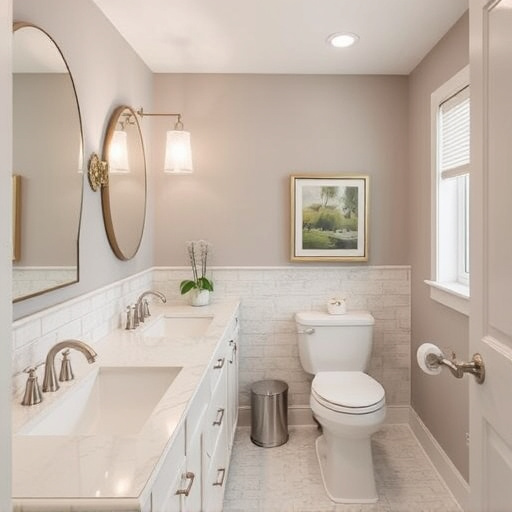
In the realm of smart house design, architects must navigate a complex landscape where technology and aesthetics converge. Understanding what constitutes essential interior designs is paramount to creating functional yet beautiful living spaces. Smart home interiors go beyond mere aesthetics; they prioritize user experience, convenience, and energy efficiency.
Key considerations include seamless integration of smart devices for automated lighting, temperature control, and security systems. Architects also focus on open floor plans that facilitate smooth navigation between spaces, a trend prominent in residential renovations. Customized home renovations offer an opportunity to tailor interior painting and design elements to match the homeowner’s preferences and lifestyle. This holistic approach ensures that the final product not only looks stunning but also enhances daily routines through technology-driven solutions.
Integrating Technology Seamlessly in Living Spaces
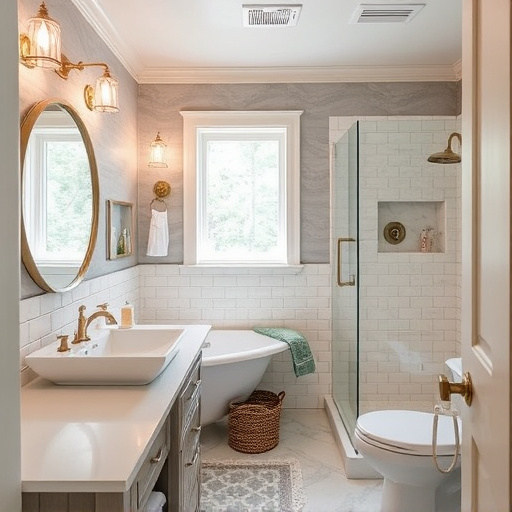
In contemporary architecture, the seamless integration of technology into living spaces is a defining feature of smart house design. Architects prioritize creating interior designs that seamlessly blend cutting-edge technology with aesthetically pleasing environments. This involves carefully planning how devices and systems are incorporated into various rooms, ensuring they enhance functionality without compromising style. For instance, smart home automation systems can be concealed within floor replacements or elegant furniture pieces, allowing occupants to control lighting, temperature, and security with the touch of a button or voice commands.
When undertaking home additions or multiple room remodels, architects must consider technology as an integral part of the design process from the outset. This includes selecting devices that complement the overall aesthetic while ensuring they are easily accessible for daily use. Such considerations transform homes into connected spaces where technology serves to simplify life, promote efficiency, and foster a deeper connection between inhabitants and their living environments.
Crafting Sustainable and Efficient Homes for Modern Living
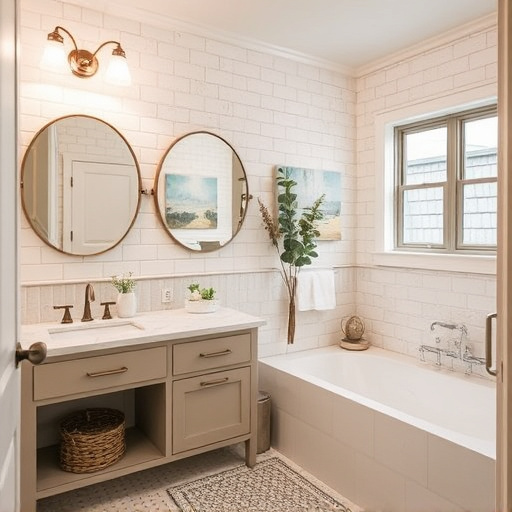
In today’s world, architects are increasingly prioritizing sustainable and efficient design elements in smart house projects, aligning with the evolving needs of modern living. This shift isn’t just about aesthetics; it’s a response to growing environmental concerns and the demand for energy-conscious homes. Architects embrace natural materials, passive heating and cooling strategies, and innovative technologies to create interiors that are not only visually appealing but also eco-friendly.
Customized home renovations play a significant role in this trend, allowing architects to tailor designs to individual preferences while incorporating sustainable practices. From bathroom renovations to comprehensive bathroom remodels, every space is designed with an eye towards minimizing environmental impact and maximizing comfort. This approach ensures that homes not only look stunning but also function efficiently, contributing to a greener future for all.
In the realm of smart house design, architects prioritize integrating advanced technology with elegant aesthetics and sustainable practices. By focusing on seamless integration of devices within living spaces and prioritizing eco-friendly materials and energy-efficient systems, they craft not just homes, but intelligent, comfortable, and future-ready environments. Interior designs that balance functionality with style are the cornerstone of these modern abodes, ensuring a harmonious blend of technology and human centric design.
